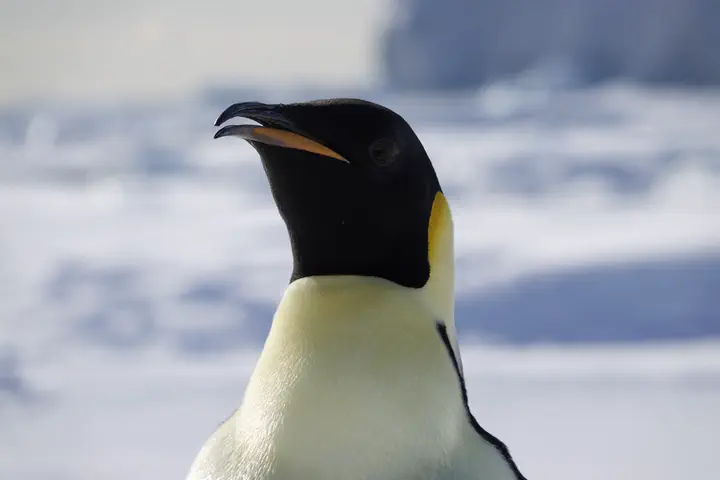Foraging ecology of emperor penguins
My master’s work focused on using accelerometers to detect potential prey capture signals.
 Image credit: Taylor Azizeh
Image credit: Taylor Azizeh
Investigating the foraging ecology of late chick-rearing emperor penguins
Emperor penguins (Aptenodytes forsteri) are a non-volant, ice obligate seabird species endemic to Antarctica. This makes them particularly vulnerable to climate change. Especially as the projected climate scenarios predict that a large percentage of the emperor penguin population will be extinct by the end of the century under a business-as-usual scenario (Jenouvrier et al. 2019). Cape Crozier, Ross Sea, is the southernmost emperor penguin colony, and is believed to act as a refuge for climate-impacted populations (Trathan et al. 2020).
My thesis work uses accelerometer data for foraging penguins collected during the 2019 and 2022 field seasons at Cape Crozier. Tags collected depth, acceleration, GPS data, and more. I followed the basic workflow outlined below.
Data cleaning
Biologging tag data can be very messy, and often requires many steps to ensure there are no outliers or erroneous values. Therefore, I wrote these custom functions to help prepare the data for analysis:
*Depth data was zero-offset in an unpublished program but can be done using the package diveMove.
-
Concatenate data
This code concatenates the zero-offset corrected (ZOC) depth data* with the acceleration data. -
Interpolate depth
To match the resolution of the other data, the 1Hz ZOC data needs to be interpolated to 100Hz or 50Hz. -
Decimate acceleration
To match the sampling frequencies of the lower resolution data from 2022, the 2019 data needs to be decimated from 100Hz to 50Hz. I did this using the decimate() function in MATLAB. -
Convert .csv to .nc files netCDF files are much easier to use than .csv files, so this code exports each column as a new .nc file.
Optional + helpful scripts
Downsample timestamps: can be used to manually downsample timestamps (extract every nth row)
Fix erroenous timestamps: can be used to identify individual problem animals and adjust timestamps
Rename netCDF file variable: used to rename the file variable in .nc files
Standardize GPS timestamps: used to convert all GPS timestamps to one format
Data analysis
COMING SOON!
Check out the Vertebrate Ecology Lab blog for more information!